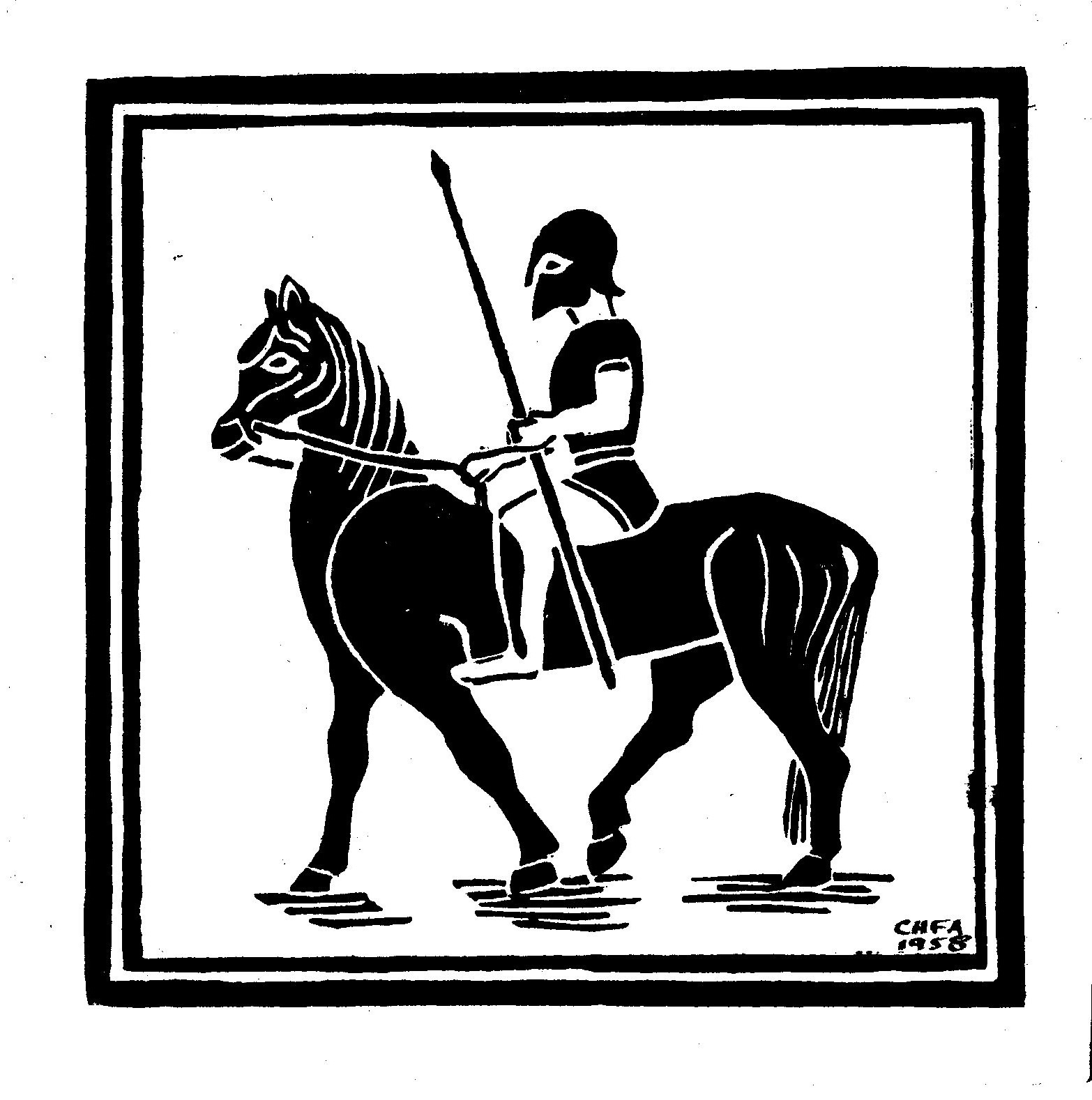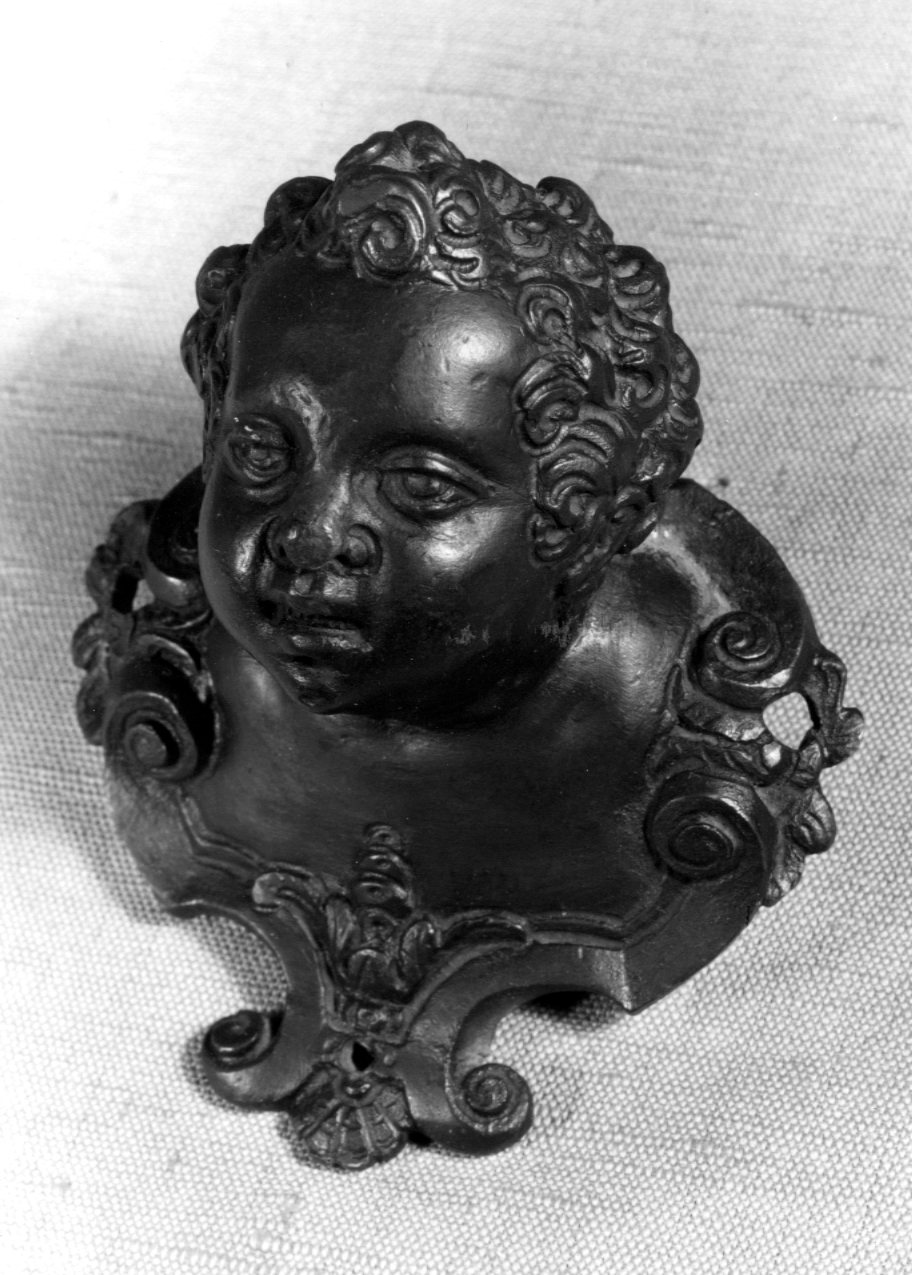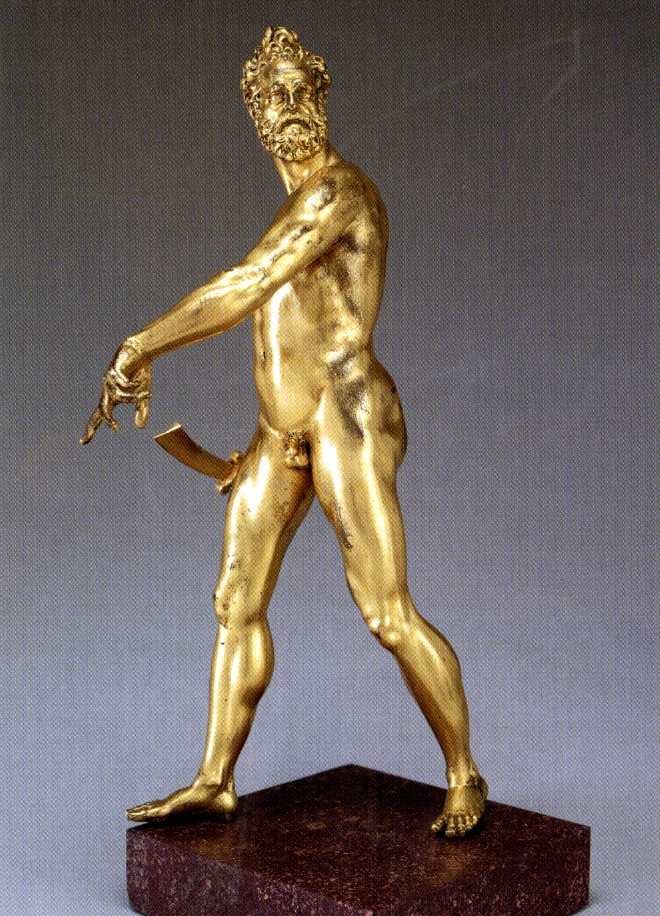FIVE MINUTES WITH...
Here we spend five minutes chatting to well known faces of the auction world, dealers, consultants and leading industry experts for their insight into the business. Hear about their own personal experiences of buying and selling works of art and about their own collections.
Dr Charles Avery

Dr Charles Avery
Dr Avery is a highly respected specialist in European sculpture and perhaps best known for having written numerous books on the subject. These include ‘Florentine Renaissance Sculpture’, 1970, ‘Giambologna the Complete Sculpture’, 1987, ‘Donatello: An Introduction’, John Murray, 1994; ‘Bernini, Genius of the Baroque’, 1997 and ‘The Triumph of Motion: Francesco Bertos’, 2008.
It began when studying Classics at King’s College School, Wimbledon, and St John’s, Cambridge, with schoolboy interests in ‘Greek pots’ and Etruscan bronzes, of which I made lino-cuts. I then moved on to studying the Renaissance with John Shearman at the Courtauld, before being appointed Assistant Keeper of Sculpture at the Victoria and Albert Museum and therefore concentrating on sculpture, which became the ‘love of my life’.
I eventually traded the calm of the museum world for the bustling business of auction-sales at Christie’s in 1979, and lasted a decade at the top of the market, before going my own way as a free-lance, researching, writing and lecturing, especially on works in bronze by Giambologna and on ivories by David le Marchand.



What do you consider to be your greatest career achievements?
I was the academic machine behind the thrust of interest and the rapid rise in prices of bronze statuettes during the eighties, led by Christie’s and Sotheby’s, as well as a by a thrusting young dealer called Danny Katz and several American leveraged-buyout millionaires as collectors: this achieved half a million pounds for a signed gilt bronze Mars and far higher figures later on.
With other more established buyers, this led to a levering upwards of the prices of brilliant busts in marble of ‘British Worthies’ by the likes of Roubiliac, Rysbrack, Scheemakers and Wilton from five to six figures. A highpoint of this trend was the sale of statuary ‘excess to needs’ from Wentworth Woodhouse, with examples by Nollekens going straight to the new Getty Museum and the good, old V&A.
Do you also collect works of art?
I used to collect, but only at the bottom of the market with literally ‘pocket-money’ (my main funds being siphoned off to pay school fees), starting with a lunchtime impulse-buy for a fiver of a pleasing eighteenth century French medal with an orange-tree on it from the late lamented Alan Darer (whom I bought from sporadically ever after). I sold part of my collection at auction in 2016 in a specialist sale organised by Rachael Osborn-Howard and was pleased with the results.
Do you have a favourite acquisition?
I spotted a Renaissance putto head door-knob in the grey light of dawn at Bermondsey Market one Friday morning in winter. Marked at £20, all the cash I and some young friends could gather was £18, so the dealer settled grumpily for that (I thus learned the temptation of ready-cash in bargaining!). Ever-beloved, the adorable putto is still mounted on an inside door of my house and, after almost a lifetime, I finally narrowed it down to being a product of a Brescian bronze-founder on whom I just written the first book: Andrea di Alessandri, known as Il Bresciano, much influenced by the Venetian ‘greats’, Jacopo Sansovino and Alessandro Vittoria.
Now ‘semi-retired’ to Cambridge, Charles has catalogued and or valued officially several great collections now in international museums and is now in the business of providing professional catalogue-entries for museums, collectors, auction houses and dealers.
If you would like to contact him please do so through Rachael Osborn-Howard at Curated Auctions, rachael@curatedauctions.co.uk
